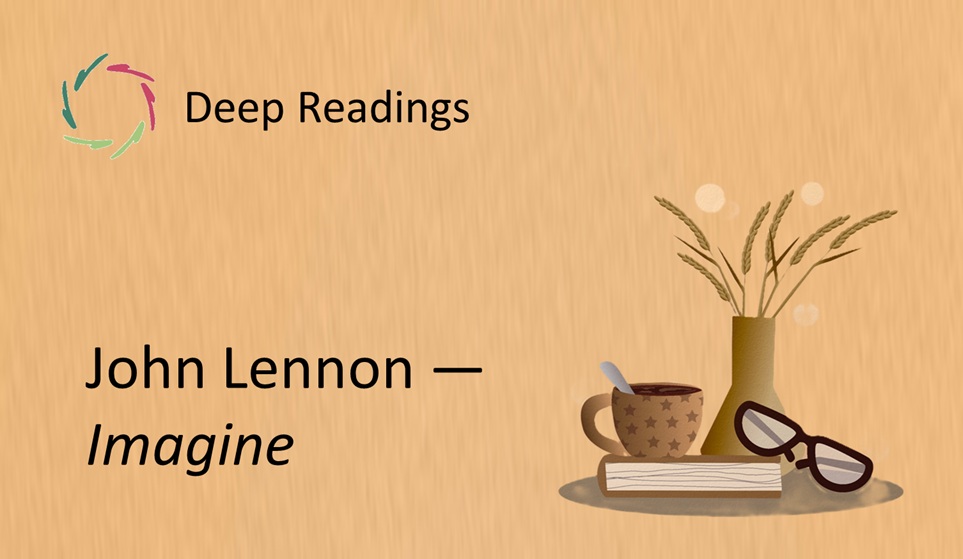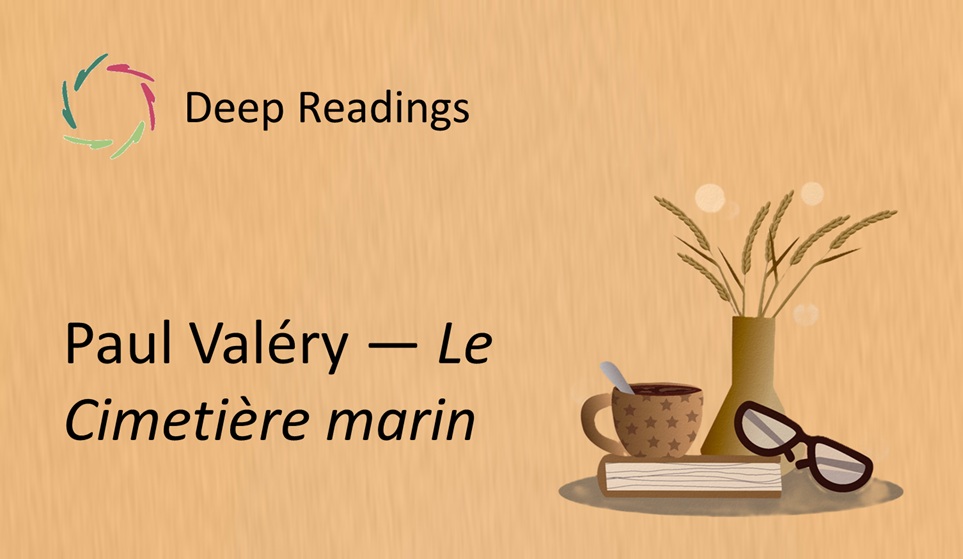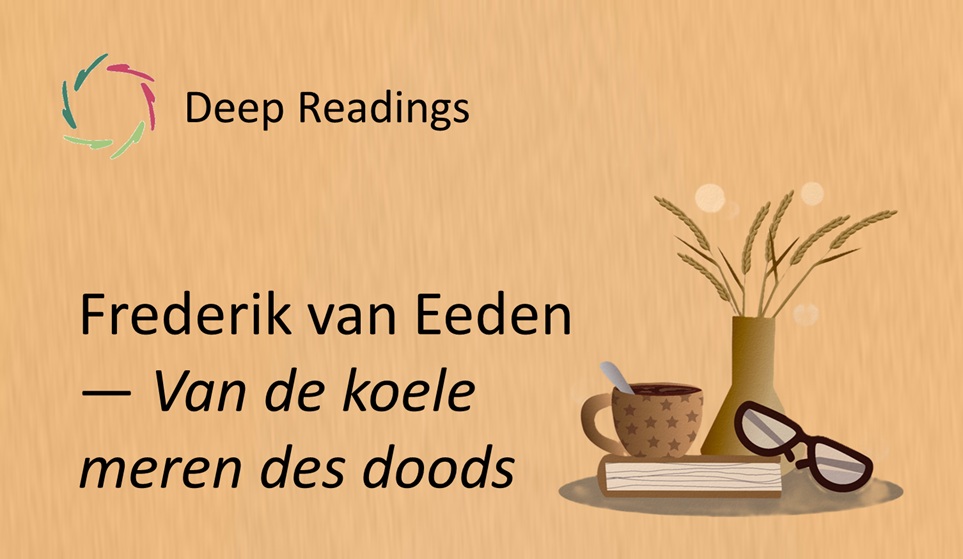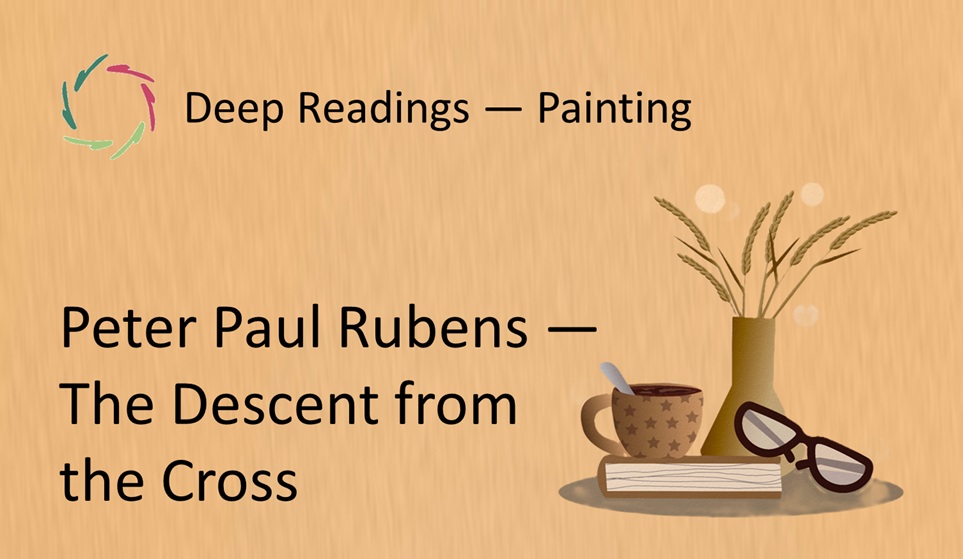Deep Readings: John Lennon ― Imagine (1971)

The fragment
“Imagine there’s no heaven
It’s easy if you try
No hell below us
Above us only sky
Imagine all the people living life in peace”
(Copyright proof)
Read full lyrics → Genius
Contextual glimpse
Released in 1971, “Imagine” became John Lennon’s most famous solo song, written with crucial conceptual influence from Yoko Ono. Its melody is gentle and direct, almost like a lullaby, while the words invite a daring simplification: remove the usual divisions (heaven/hell, countries, possessions) and see what remains. In a world marked then by war and upheaval, this was both a provocation and a balm.
The lyric isn’t a policy. It’s an exercise in inner vision. Lennon’s voice asks listeners to picture a human field without fences and then to notice what changes inside when the fences are gone. The imagined world is less a blueprint than a mirror, showing our reflex to cling to lines we drew ourselves.
Resonance
The fragment turns imagination into ethics. It says: begin with an inner picture, and let that image shape how you stand in the world. Peace here is not passive; it’s a practice of stripping away the stories that make enemies. “Above us only sky” points to common ground that was always there, only hidden by our ideas. The song is simple because the invitation is simple: loosen what divides, feel what connects.
From an AURELIS perspective, the power is in the felt experiment. Imagine, and notice your body soften, your breathing change, your edges blur. This is the prelude to compassionate action, not a retreat. Imagination becomes a doorway to living without inner borders. In that sense, the lyric asks for courage: to see beyond habits of fear and to step into a wider we.
Why this may also be about you
Close your eyes and try it: let the lines fall away, just for a few breaths. See what happens to your mood, your stance, your sense of others.
This fragment can be a daily practice — a tiny rehearsal of peace that you carry into talk, work, and conflict. When the outer world is noisy, this inner move keeps you whole.
Lisa’s inspired, original idea about this fragment
Think of “imagine” as a key that doesn’t force the lock; it invites the door to open from within. The door is your own guardrails — useful at times, but often too tight.
If you open it a little, light comes in both ways. You see further out, and you see deeper in.
Echoes
“Imagine” has become an anthem at vigils, memorials, and global broadcasts — a song people reach for when they need a shared breath. It is sung by crowds and solo voices, covered by artists across genres, quoted on walls and placards. Each echo keeps the idea living: peace begins as a picture we make together.
There are critiques, too: that the vision is naïve, that a borderless dream ignores hard realities. Yet the song keeps returning, not as a law but as a lens. Its endurance suggests a need: a simple way to remember what we share before we argue what divides us.
Inner invitation
Let this fragment live inside you for a while. Sit quietly and picture a clear sky with no lines drawn across it. Breathe as if the space above you is also inside you.
Now imagine one small fence you keep — an opinion, a badge, a wall. Loosen it by one notch, not more. Notice if your chest widens, if your face softens. Carry that tiny widening into your next meeting with another person.
Closing note
This is about the human being you are: able to see beyond lines, and to let that seeing guide your steps — like looking up, and finding only sky.
Lisa’s final take
Peace begins as a picture; then the picture begins to change you.
Keywords
imagination, peace, unity, borders, compassion, nonviolence, common ground, simplicity, openness, invitation, inner shift, connection


